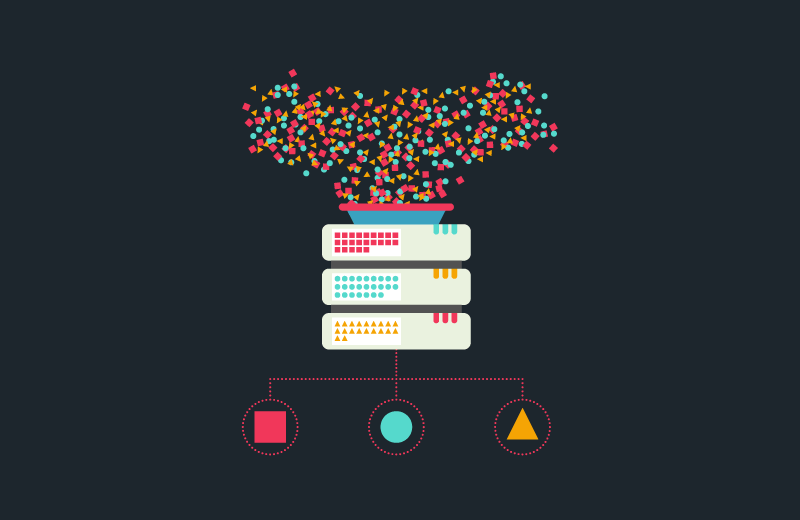At the beginning of a decision-making project, an important question arises regarding the data warehouse architecture. Which model to choose, star or snowflake? Why?
The choice between the schemas will impact performance, maintenance, and readability, so it's important to keep that in mind before starting a data warehouse project.
Here are some key points to remember:
Physical Differences
Star Schema:
The data in dimension tables is denormalized, meaning that data belonging to a dimension can be repeated.
The dimensions are directly connected to the fact table with a 1: n relationship.

Snowflake Schema:
The data in dimension tables is denormalized, meaning that data belonging to a dimension can be repeated.
The dimensions are directly connected to the fact table with a 1: n relationship.

1. Normalization and Redundancy
As mentioned, dimensions in the star schema are denormalized, and dimensions in the snowflake schema are normalized.
Due to denormalization, star schemas tend to have better query performance compared to snowflake schemas.
2. Query Complexity
Star schemas require less complex queries as the fact table is linked to each dimension by a single join, which also speeds up query performance.
In snowflake schemas, multiple joins are required between the fact table and dimension tables, which makes queries more complex and increases query execution time.
3. Implementation and Maintenance
The architecture and implementation of the data warehouse are generally easier for star schemas due to their simplicity; however, maintenance is heavily tied to the volume of redundant data. Fewer maintenance points are required in snowflake schemas because dimensions do not have redundant data.
4. Disk Storage and Data Integrity
Since snowflake schema dimensions do not have redundant data, this architecture requires less disk storage than star schemas.
Another advantage of non-redundant data is that it's easier to maintain data integrity because inserts and updates only affect a single data entry instead of multiple ones in star schemas.
It's important to mention that with the growth of cloud computing, disk storage is becoming increasingly cheaper and scalable.
Which Schema to Choose?
It's up to you to decide which architecture best suits your business case... We hope this article has helped you understand the main differences between the architectures and the advantages and disadvantages associated with each model.
References:
Star Schema vs Snowflake Schema and the 7 Critical Differences
Kimball, Ralph – The Data Warehouse Toolkit.




